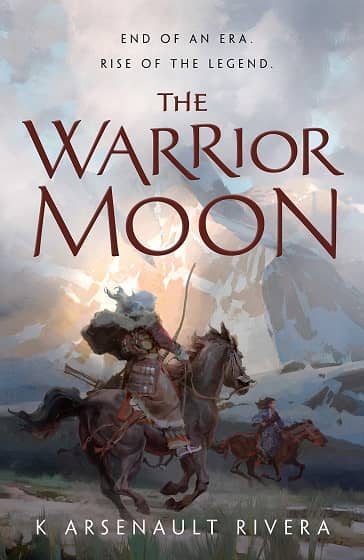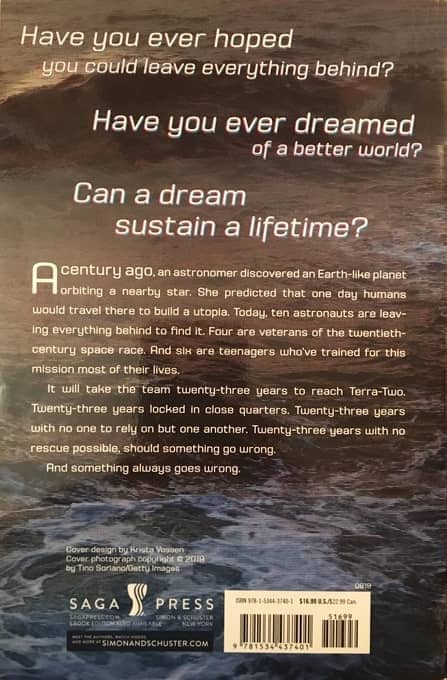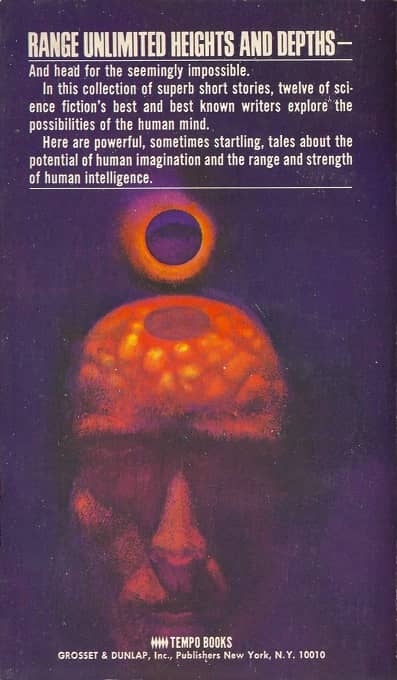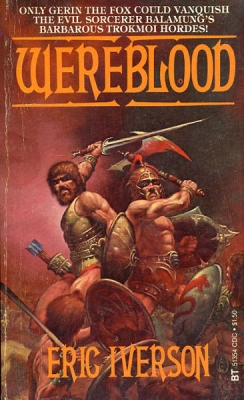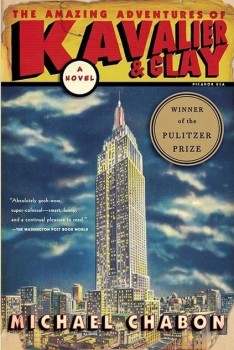Ghostly Corners in a Fictional London: Where Shadows Gather by Michael Chislett
 Where Shadows Gather
Where Shadows Gather
Michael Chislett
Sarob Press (224 pages, £33.95/$60.00 [including shipping], July 2019)
Cover by Paul Lowe
Following his previous, acclaimed Sarob Press collection In the City of Ghosts Michael Chislett provides another bunch of ghostly tales, mostly set in the fictional London borough of Milford and the suburb of Mabbs End. Five stories are brand new, whereas eight have previously appeared in genre magazines (especially the excellent Supernatural Tales).
Chislett has a knack for creating creepy urban atmospheres, depicting sinister encounters and eerie experiences. Although, in my opinion, not up to the level of his previous collection, the present volume confirms his ability to create elegantly written, disquieting stories.
Among my favorite pieces are: “In the Garden,” an unusual story of botanical horror, where an ordinary garden of a London suburban house becomes the venue for ancient pagan forces, “Downriver,” an atmospheric tale where a walk along the Thames turns into a veritable nightmare and “The Raggy Girl”, a modern, disturbing ghost story revolving around a frightening apparition among the ruins of an old apartment building now being demolished.
A couple of stories are actually taking place overseas, such as the gloomy “The Coast Guard” set on the Baltic shore, hosting strange foxes and other horrific creatures.
The two highlights of the book are “Mara,” an excellent, dark tale of vampirism featuring a beautiful but deadly vixen and an equally dangerous gentleman, and the outstanding “Endor,”a powerful, intoxicating mix of witchcraft, eroticism and possession.
A warning to the potential reader: if you’re interested in this book hurry up and order a copy. As usual, Sarob Press volumes have a limited print run and become quickly unobtainable.
Here’s the complete Table of Contents.



